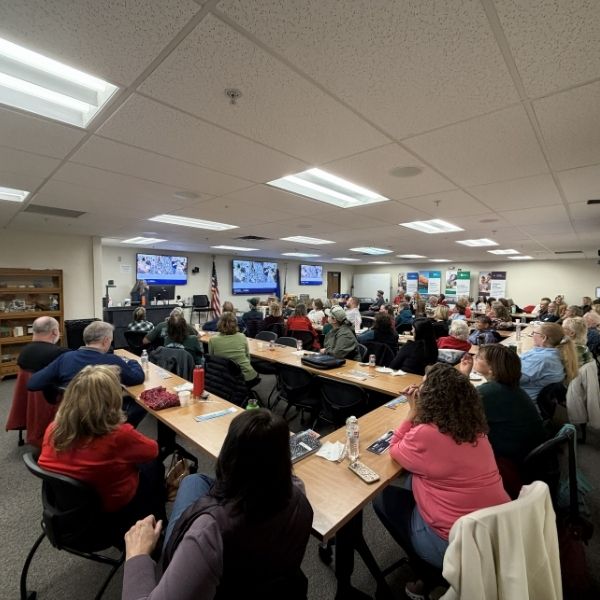Another year in the books!
Wow! Another year is already coming to an end! As I spent the first week of December visiting with volunteers and new students, I was reminded just how extraordinary this community is. Listening to your stories, hearing about your projects, and seeing the impact you’ve made across Nevada has been both inspiring and energizing.
Each of you has contributed something meaningful this year. Whether it was through teaching, tending demonstration gardens, or supporting outreach events, you helped strengthen our program. Your dedication, creativity, and commitment to lifelong learning shine through in everything you do. I hope you feel incredibly proud of all you’ve accomplished, because I certainly am!
As we move into the holiday season, I hope you find time to rest, recharge, and celebrate with the people who bring joy to your life. May this season be filled with warmth, peace, and moments that remind you of what matters most.
Thank you for being such an essential part of our Extension Master Gardener community. Wishing you a wonderful holiday season and a bright start to the new year. I’m excited to continue growing with you in the new year!
See you in 2026!
Katelyn Brinkerhoff
Statewide Master Gardener Coordinator



